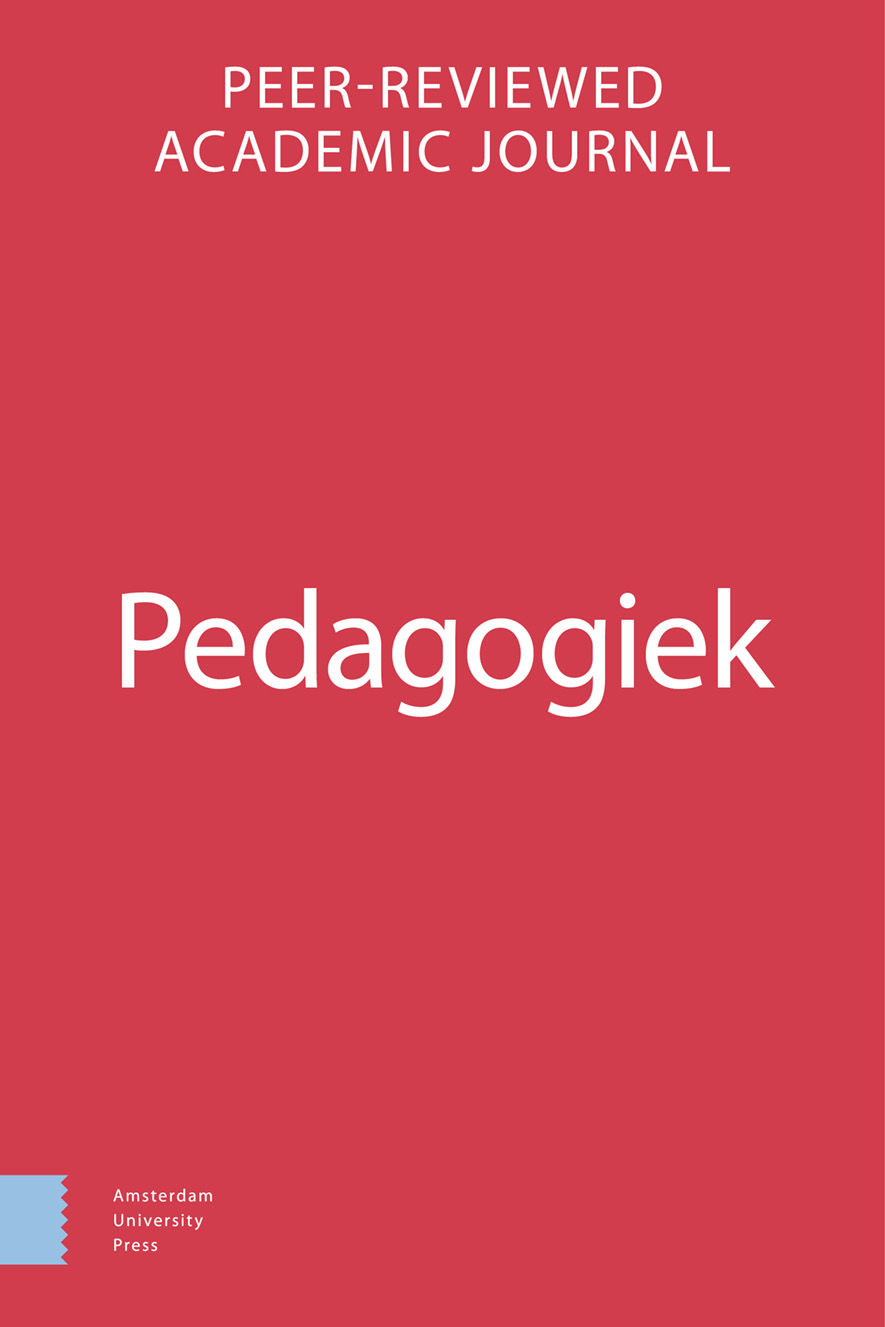-
oa Weerbaar tegen shame sexting en sextortion
Op zoek naar aangrijpingspunten voor aangescherpte voorlichting op scholen over de risico’s van sexting
- Amsterdam University Press
- Source: Pedagogiek, Volume 40, Issue 3, Mar 2021, p. 261 - 287
-
- 01 Mar 2021
Abstract
Resilient against shame sexting and sextortion. Towards starting points for sharpened education about the risks of sexting among Dutch minors.
Adolescents have been taking suggestive and explicitly sexual pictures of themselves for others since instant cameras were around. But since the introduction of smartphones and social media platforms, the speed of making and sending material and the opportunity for sharing have risen strongly. Sexting comes with risks, though. Although general risk communication has made adolescents more aware of the general risks of sexting, they should become more aware of the fact that sext receivers can make screenshots and might share this material at some point with others, without permission. To gather insight into adolescents’ sexting-related risk awareness, perceptions, and behaviors and how schools can design effective education to make students more resilient against the risks of shame sexting (making and/or spreading sexual images or videos without permission of the featured person) and sextorting (the use of such images and videos as means of coercion to gain money or sexual acts from the victim), we conducted a questionnaire-based study involving a population sample (N = 188) of young people between fifteen and twenty-one years of age at a school for intermediate vocational education in the eastern part of the Netherlands. The students prefer education about the risks of sexting based on authentic victim stories and want to know who to turn to in case of falling victim of shame sexting or sextortion. We raise suggestions on how to realize effective education on the risks of sexting in classrooms and supply possibilities for future research.


